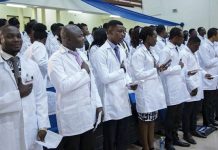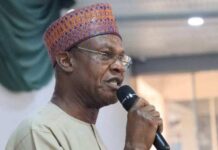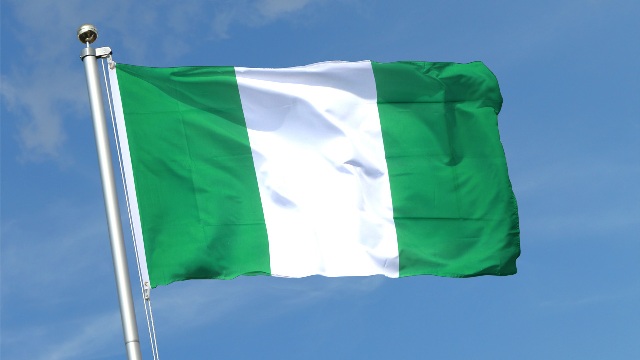The World Bank has projected that Nigeria will see a significant rise in poverty levels over the next five years, with more citizens expected to fall below the poverty line by 2027.
The Bretton Woods institution stated this in its latest ‘Africa’s Pulse Report’ released during the Spring Meetings of the International Monetary Fund (IMF) and the World Bank in Washington, D.C.
The report said poverty in resource-rich and fragile countries, such as Nigeria, is expected to rise by 3.6 percentage points between 2022 and 2027 — making it the only country group in Sub-Saharan Africa facing such an increase.
While Nigeria experienced stronger-than-expected economic growth in late 2024, driven largely by the non-oil sector, the World Bank warned that the country’s dependence on natural resources, combined with institutional fragility, continues to undermine efforts to reduce poverty.
It stated that non-resource-rich countries are expected to continue reducing poverty faster than resource-rich countries.
The organisation stated that, specifically for Nigeria and the Democratic Republic of Congo — both classified as resource-rich but fragile countries — poverty is expected to increase by 3.6 percentage points between 2022 and 2027.
“Importantly, poverty in resource-rich, fragile countries (which include large countries like the Democratic Republic of Congo and Nigeria) is expected to increase by 3.6 percentage points over 2022–27, being the only group in the region with increasing poverty rates.
“This follows a well-established pattern, whereby resource wealth combined with fragility or conflict is associated with the highest poverty rates—an average poverty rate of 46 per cent in 2024 and 13 percentage points above non-fragile, resource-rich countries.
The report also noted: “Resource-rich countries are not expected to grow at the same rate as non-resource-rich ones, largely due to declining oil prices and weak governance. This lack of growth is closely tied to slower poverty reduction, and in some cases, worsening conditions.”
The report noted that sub-Saharan Africa has the highest extreme poverty rate globally, with a large share of the poor concentrated in a few countries.
According to the World Bank, about 80 percent of the world’s estimated 695 million extreme poor resided in the region in 2024, compared to 8 per cent in South Asia, 2 per cent in East Asia and the Pacific, 5 per cent in the Middle East and North Africa, and 3 percent in Latin America and the Caribbean.
“Within Sub-Saharan Africa, half of the 560 million extreme poor in 2024 resided in four countries,” the report highlighted.
It stated that non-resource-rich countries are expected to continue reducing poverty faster than resource-rich countries.
The report said non-resource-rich and non-fragile countries saw the biggest gains in poverty reduction since 2000 and fully closed the gap in poverty with other non-resource-rich countries by 2010.
However, the World Bank said while most of the population of Africa and its highest levels of poverty are found in rural areas, rapid urbanisation could accelerate poverty reduction “under the right conditions”.
According to the bank, between 2010 and 2019, poverty reduction was primarily driven by urbanisation rather than significant decreases in poverty within rural or urban areas.
“In 2020, only 41 per cent of the continent was urbanised, but the urban population is projected to grow by over 238 million by 2035, surpassing the rural population.
“This rapid growth presents opportunities for the rural poor seeking to improve their livelihoods through migration,” the report added.
It, however, stressed that the success of the transition would depend on the ability of urban areas to provide the necessary infrastructure, services, and employment opportunities to support the increased population.























































